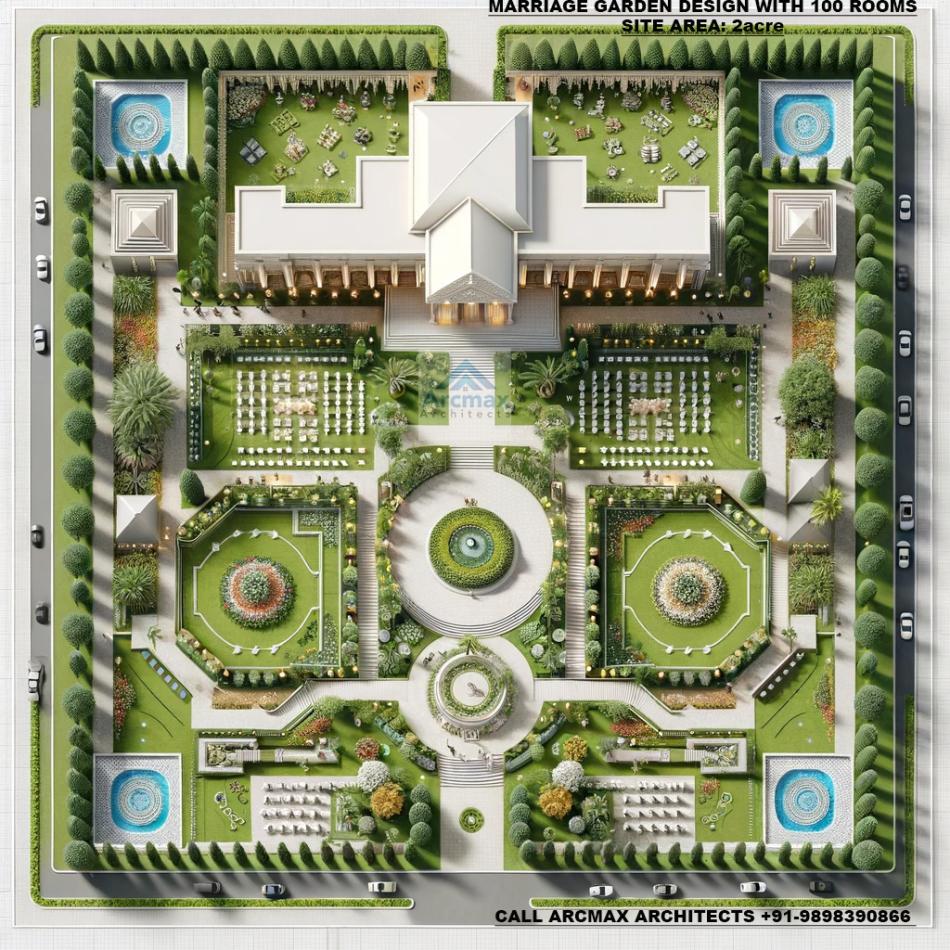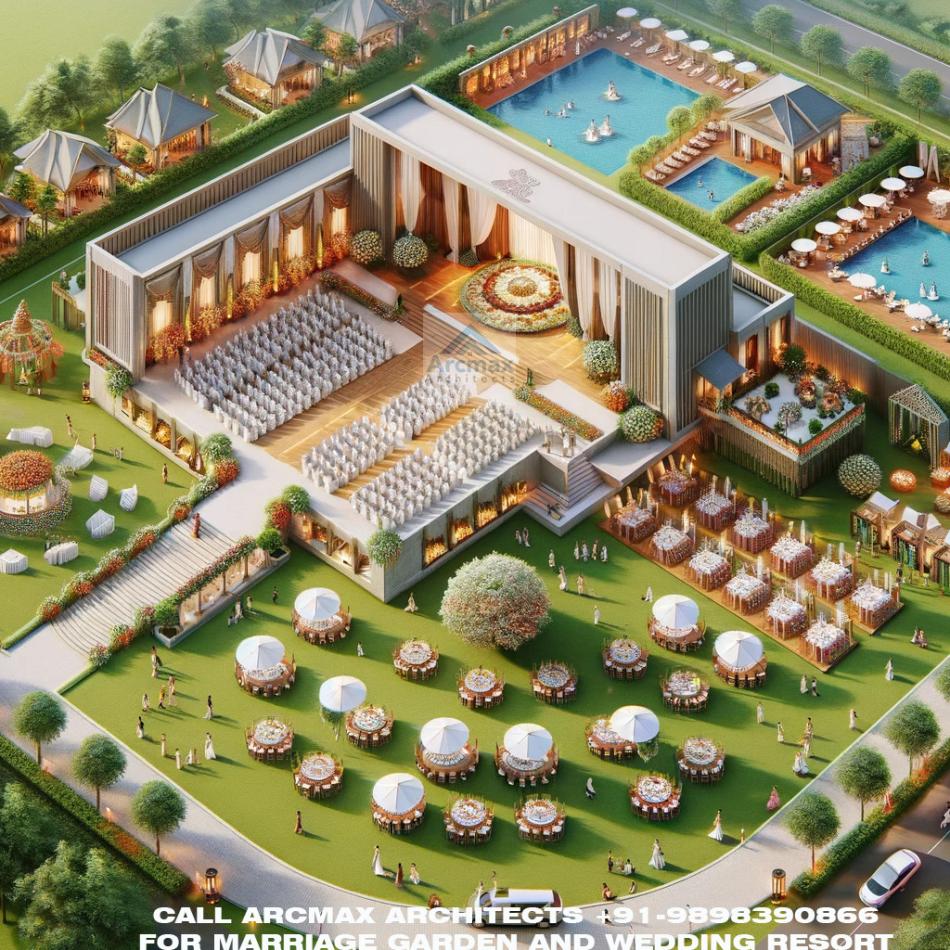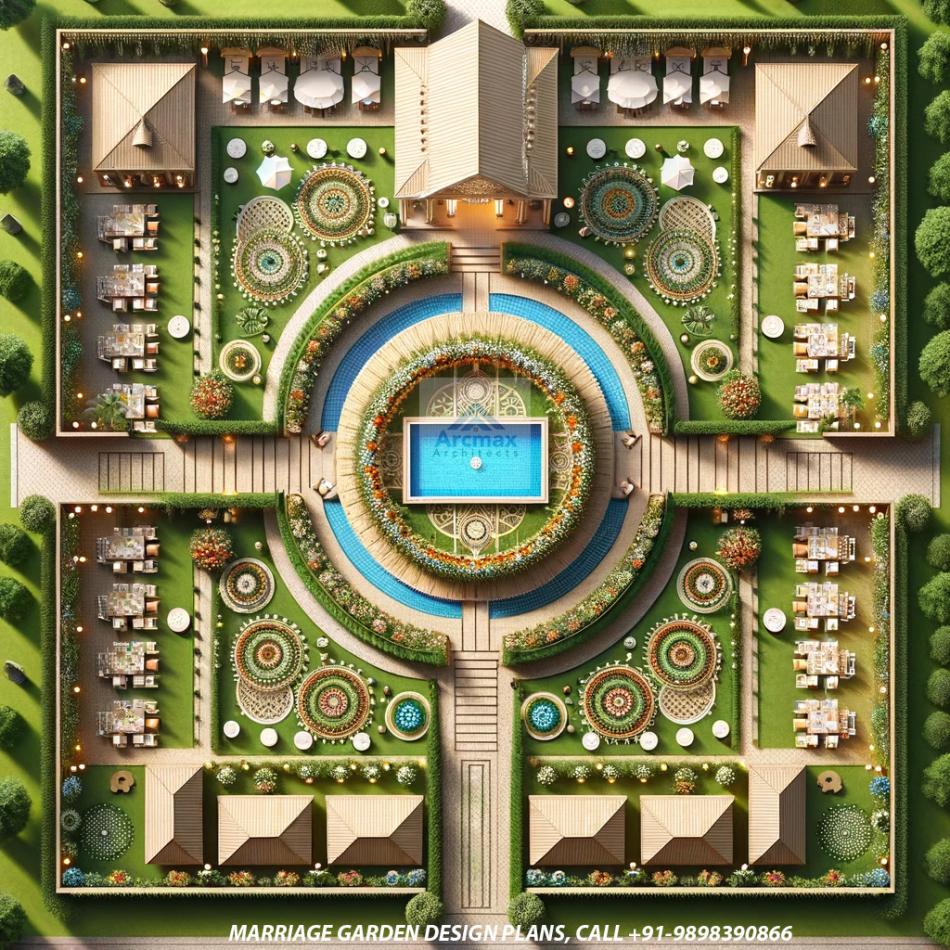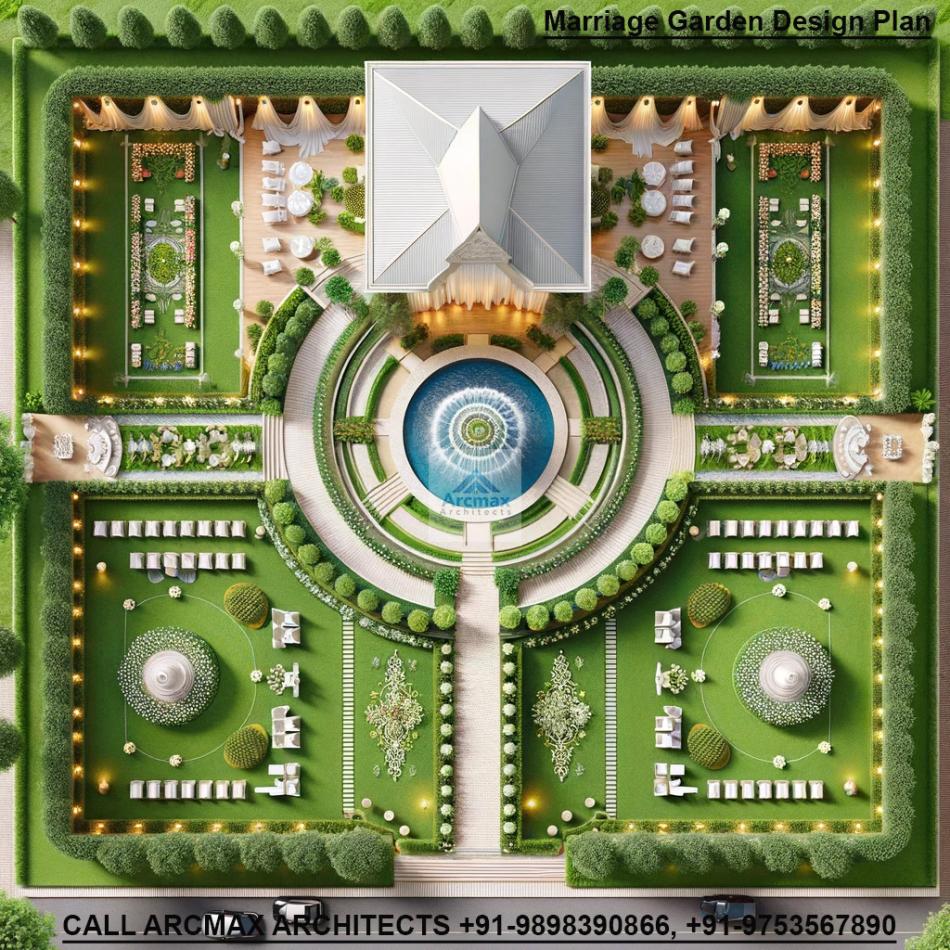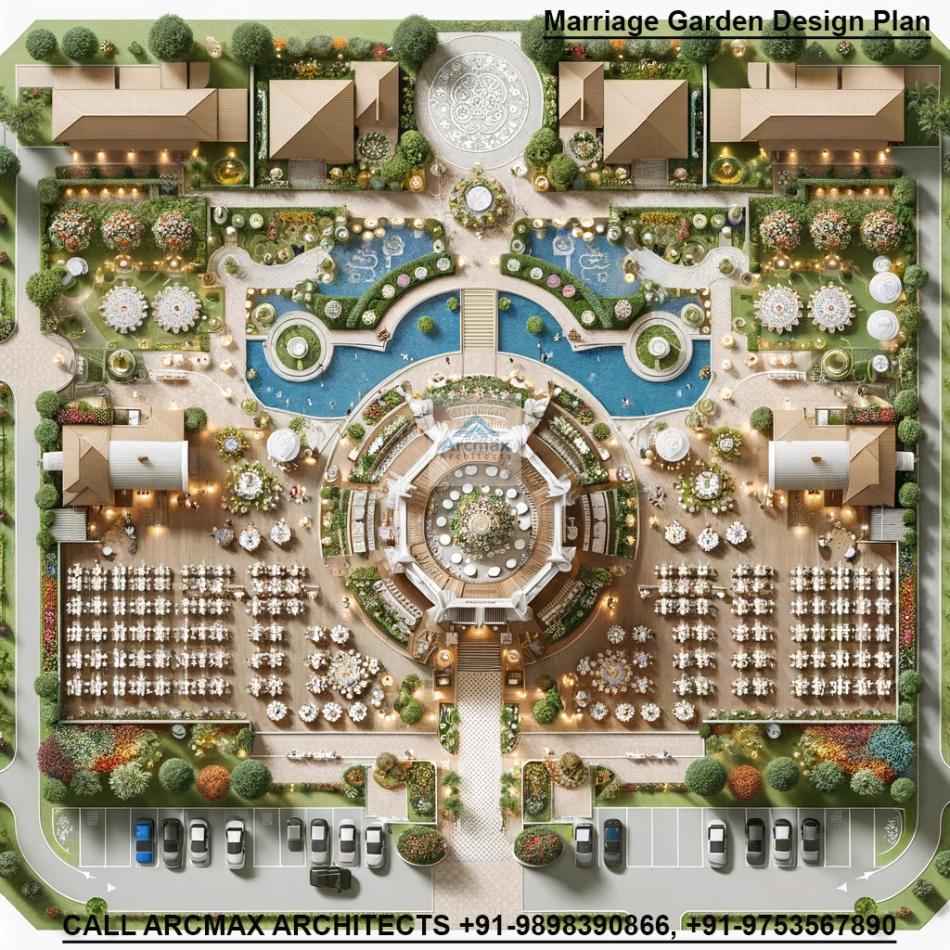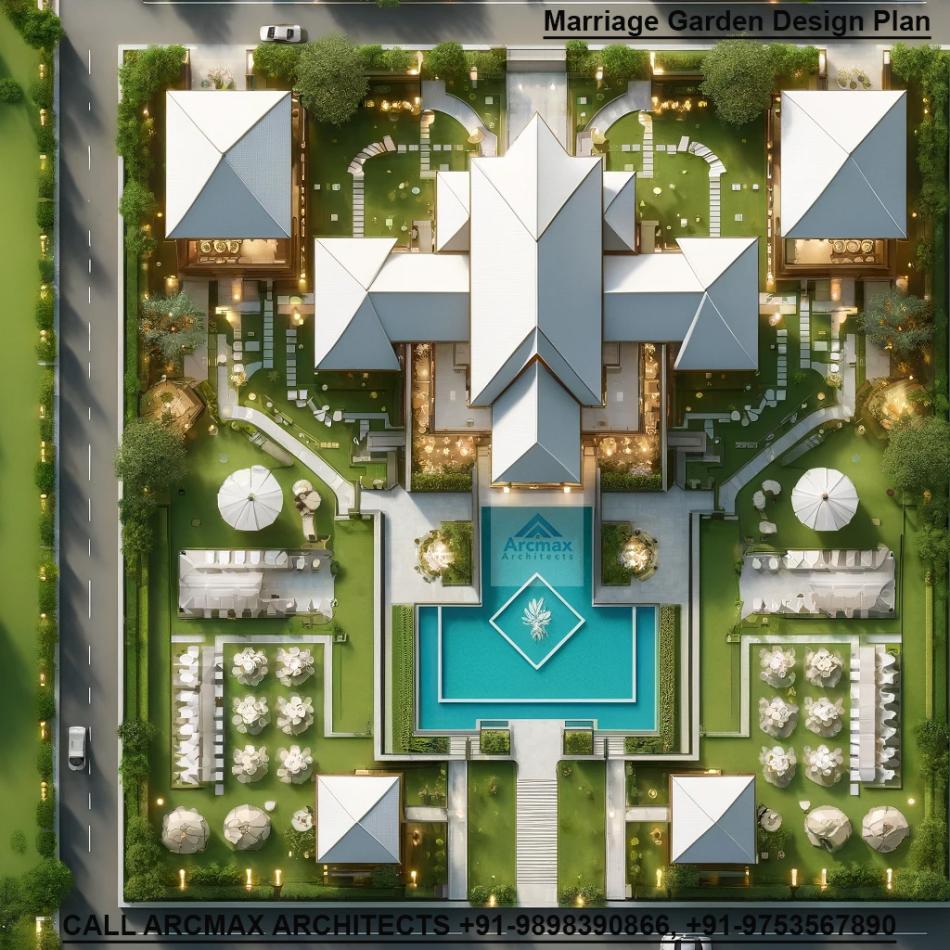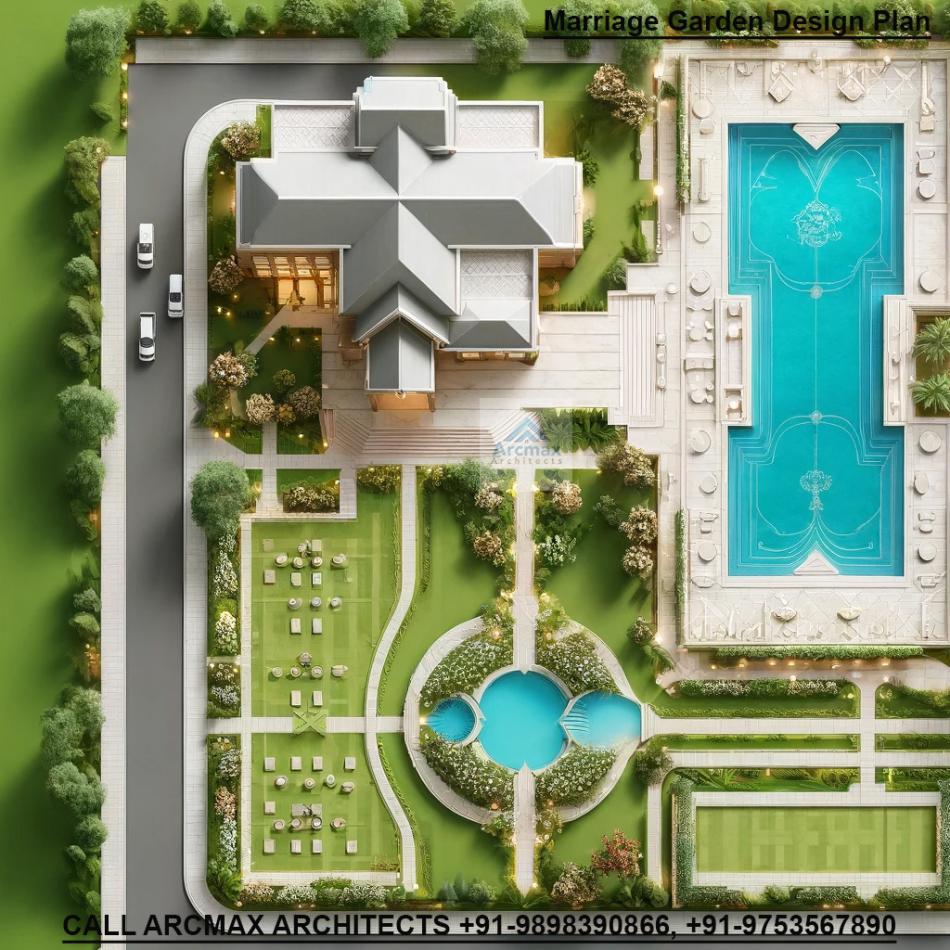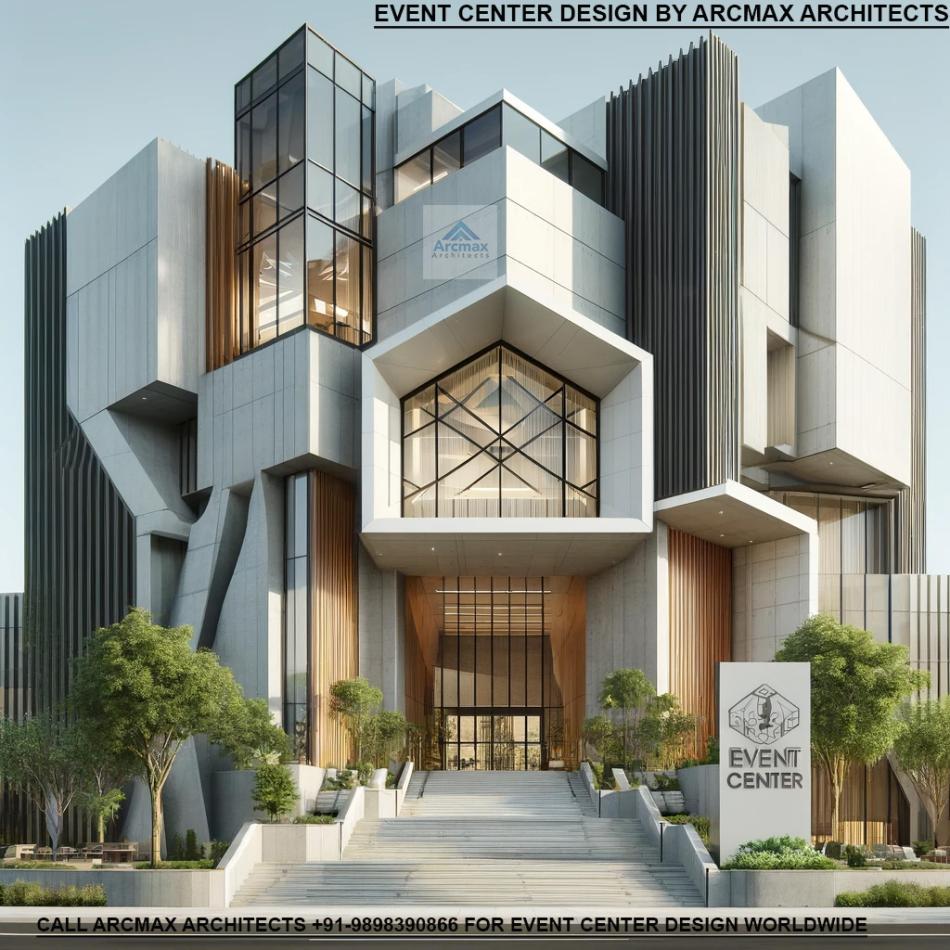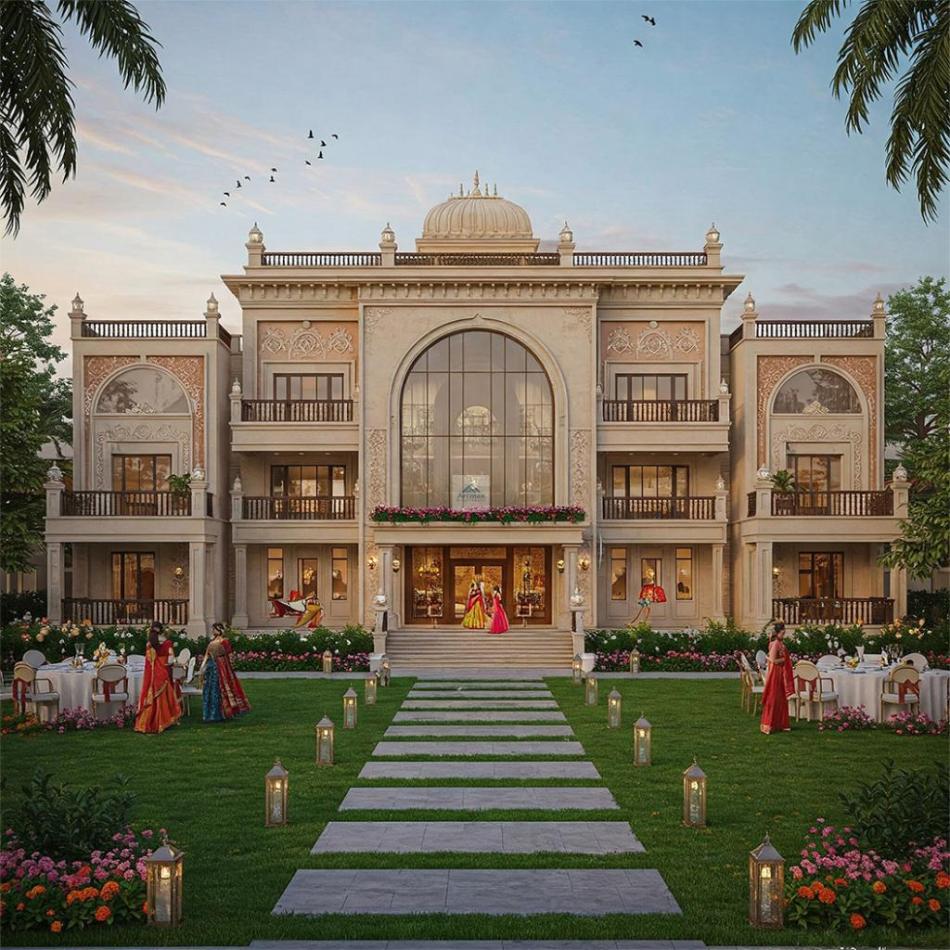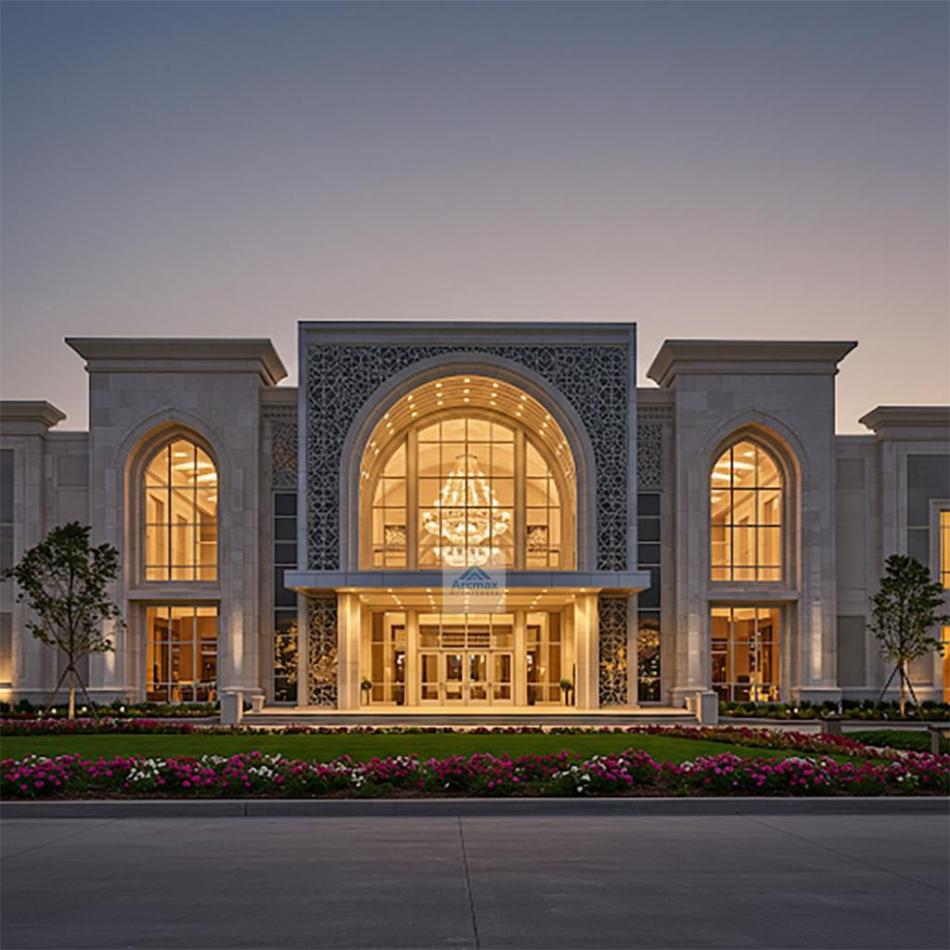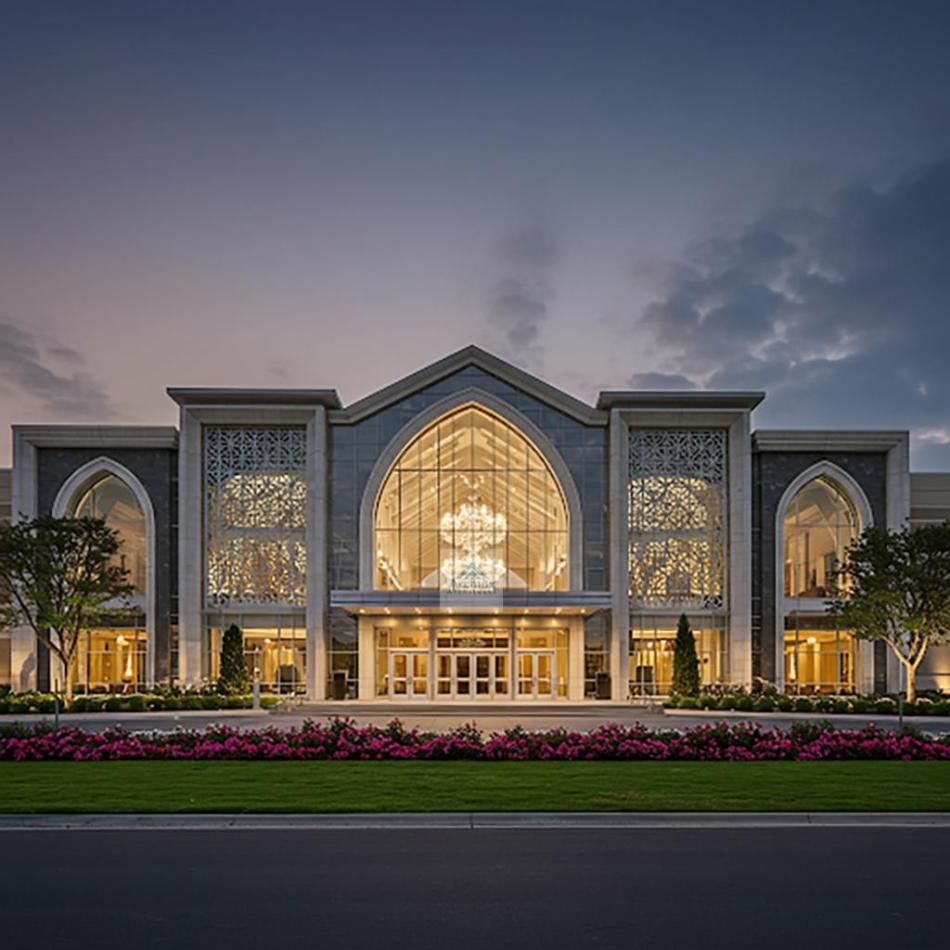Bakeri City, Pincode: 380015 Ahmedabad, Gujarat, India,
244 Madison Avenue, New York, United States
Our Client






Hardscape and Pathway Design in marriage garden planning
Hardscape and pathway design are pivotal elements in the planning of a marriage garden, contributing significantly to the overall aesthetics, functionality, and flow of the venue. These elements not only guide guests through the garden but also create a framework for the landscape, defining spaces for ceremonies, receptions, and leisurely strolls. Here’s how thoughtful hardscape and pathway design can enhance a marriage garden:
1. Defining Spaces with Hardscape
Hardscape elements such as patios, decks, pergolas, and gazebos serve as focal points and functional spaces within a marriage garden. These structures can host various wedding activities, from the ceremony itself to dining areas and dance floors. By carefully positioning these elements, you can create intimate settings for gatherings or expansive spaces for larger celebrations.
2. Creating Romantic and Accessible Pathways
Pathways not only serve a practical purpose by directing traffic and ensuring accessibility but also contribute to the garden's charm. Materials like cobblestone, brick, or decorative concrete can be used to complement the garden's theme, while the pathway design—be it straight, curved, or meandering—can set the tone for the garden's overall feel. Incorporating low-growing ground cover or soft lighting along pathways adds a romantic touch and enhances safety for evening events.
3. Incorporating Water Features
Water features such as fountains, waterfalls, or reflecting pools can be central to hardscape design, adding a serene and luxurious element to the garden. These features not only serve as stunning backdrops for photography but also create a calming ambiance with the sound of flowing water, making them perfect for tranquil ceremony settings.
4. Utilizing Retaining Walls and Terraces
In gardens with sloping terrain, retaining walls and terraces can create flat areas for seating or ceremonies. These hardscape elements offer opportunities for creative landscaping, such as flower beds or cascading plants, enhancing the garden's vertical interest and providing unique backdrops for wedding photos.
5. Incorporating Sustainable Practices
Sustainability in hardscape design can be achieved through the use of permeable paving materials that allow water to seep through, reducing runoff and improving soil health. Choosing locally sourced, durable materials minimizes the environmental footprint and supports the local economy.
6. Enhancing Nighttime Beauty with Lighting
Strategically placed lighting can transform a marriage garden at night, highlighting architectural features, trees, and pathways. Solar-powered lights and LED fixtures offer energy-efficient options that can illuminate the garden in an ethereal glow, ensuring the celebration can continue after sunset.
7. Seating and Gathering Areas
In addition to main event spaces, include smaller, secluded seating areas along pathways or nestled within the garden. These spaces offer guests a quiet place to converse and enjoy the garden's beauty, contributing to the overall experience.
The design of hardscape and pathways in a marriage garden is essential in creating a cohesive and inviting environment that complements the natural landscape. By carefully selecting materials, incorporating sustainable practices, and focusing on the overall flow of the space, you can craft a garden that not only serves as a beautiful venue for weddings but also stands as a testament to thoughtful landscape architecture



